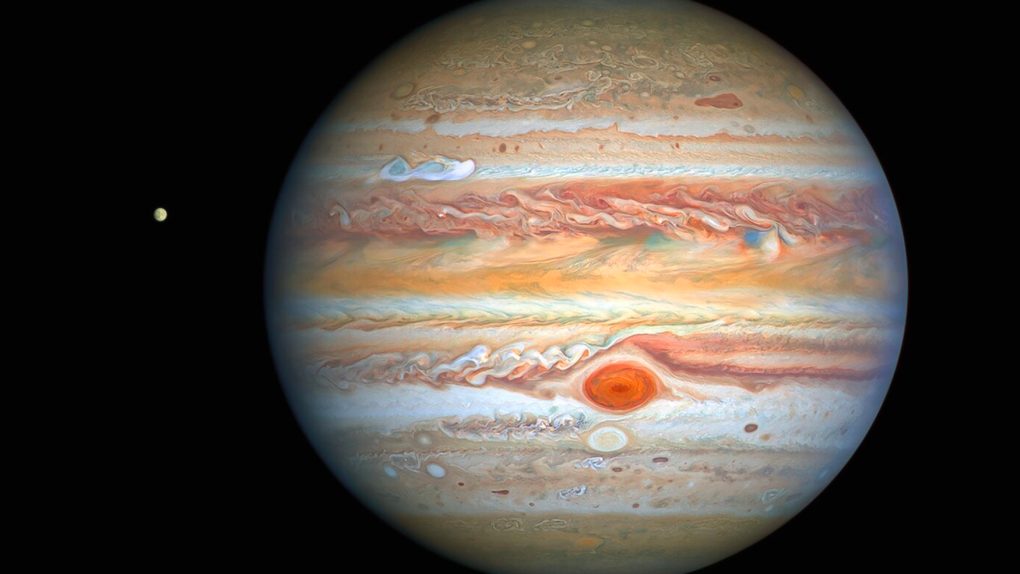An astrophotographer has captured an amazing Jupiter time-lapse that showcases the planet’s rotation in spectacular beauty. The time-lapse was captured over the course of three hours, around one-third of the planet’s typical rotational period. Brennan Gilmore, the photographer responsible for the time-lapse, shared it across Reddit and Instagram.
You need to see this Jupiter time-lapse for yourself
The Jupiter time-lapse was captured throughout the night of September 7 and 8, the photographer shared. Gilmore says that the time-lapse was only possible by shooting at a very high framerate. He captured the images by shooting at over 60 frames per second and capturing in 90-second sequences.
Then, after he finished capture, Gilmore says he put the sequences through AutoStakkert. This allowed Gilmore to pull out the clearest images. He needed to do this to avoid any distortion caused by the Earth’s atmosphere. Once processed, he selected the clearest 10 percent of the frames captured from each sequence and made the Jupiter time-lapse.
Altogether, Gilmore says he was able to sift through around 5,400 unique frames to find the best 540 available. Then, he combined them in a final image representing the 90-second period he captured. He then did this for the entirety of the time he was capturing. This allowed him to create a clear and beautiful Jupiter time-lapse you must see for yourself.

You can see the Jupiter time-lapse on Gilmore’s Instagram. He also shared the post on Reddit. In it, you can see the planet as it rotates around and its moon, IO, coming into frame from behind it. It’s a beautiful image and one that showcases the beauty of this solar system gas giant. Jupiter is a spectacular target for astrophotography, and it is always good to see new captures of it.
James Webb also recently captured new images of Jupiter, sparking even more interest in our neighboring gas giant. Additionally, some scientists believe that Jupiter ate other planets, which helped it achieve its massive size.
More space coverage: See what the James Webb telescope has seen recently.








